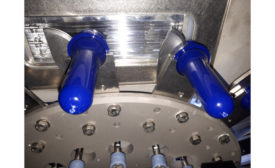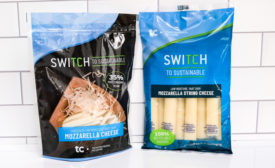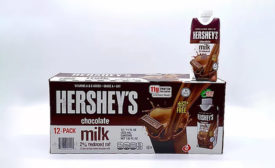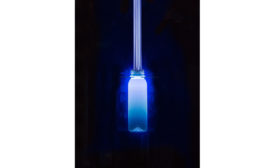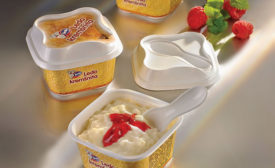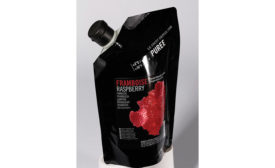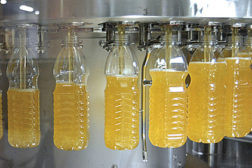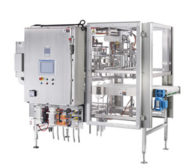Home » Keywords: » aseptic packaging
Items Tagged with 'aseptic packaging'
ARTICLES
The dairy packaging sector feels the heat
Aseptic and retort packaging are becoming more popular and potent forces in the war against pathogens.
December 3, 2021
Dairy processors catch the packaging wave
A growing array of packaging technologies and materials is helping to make dairy products more appealing, but leveraging the ideal options can be challenging.
July 22, 2021
Aseptic dairy packaging gains acceptance
The use of aseptic packaging by dairy processors is on the rise as operators seek newer solutions for enhancing food safety while reducing waste and operating expenses.
November 24, 2020
Overcoming consumer misconceptions about aseptic dairy
As dairy producers search for a competitive edge, capitalizing on consumer trends can boost product success.
June 28, 2018
Aseptic packaging equipment
Serac releases aseptic packaging solution with BlueStream
This new innovative aseptic solution can help reduce environmental impact.
October 6, 2017
Shelf life and shelf impact drive dairy packaging
Two other factors garnering attention from brand marketers are convenience and sustainability. Here’s a look at innovative packaging, including aseptic containers and in-mold labels.
June 8, 2017
Stay ahead of the curve. Unlock a dose of cutting-edge insights.
Receive our premium content directly to your inbox.
SIGN-UP TODAYCopyright ©2025. All Rights Reserved BNP Media.
Design, CMS, Hosting & Web Development :: ePublishing


